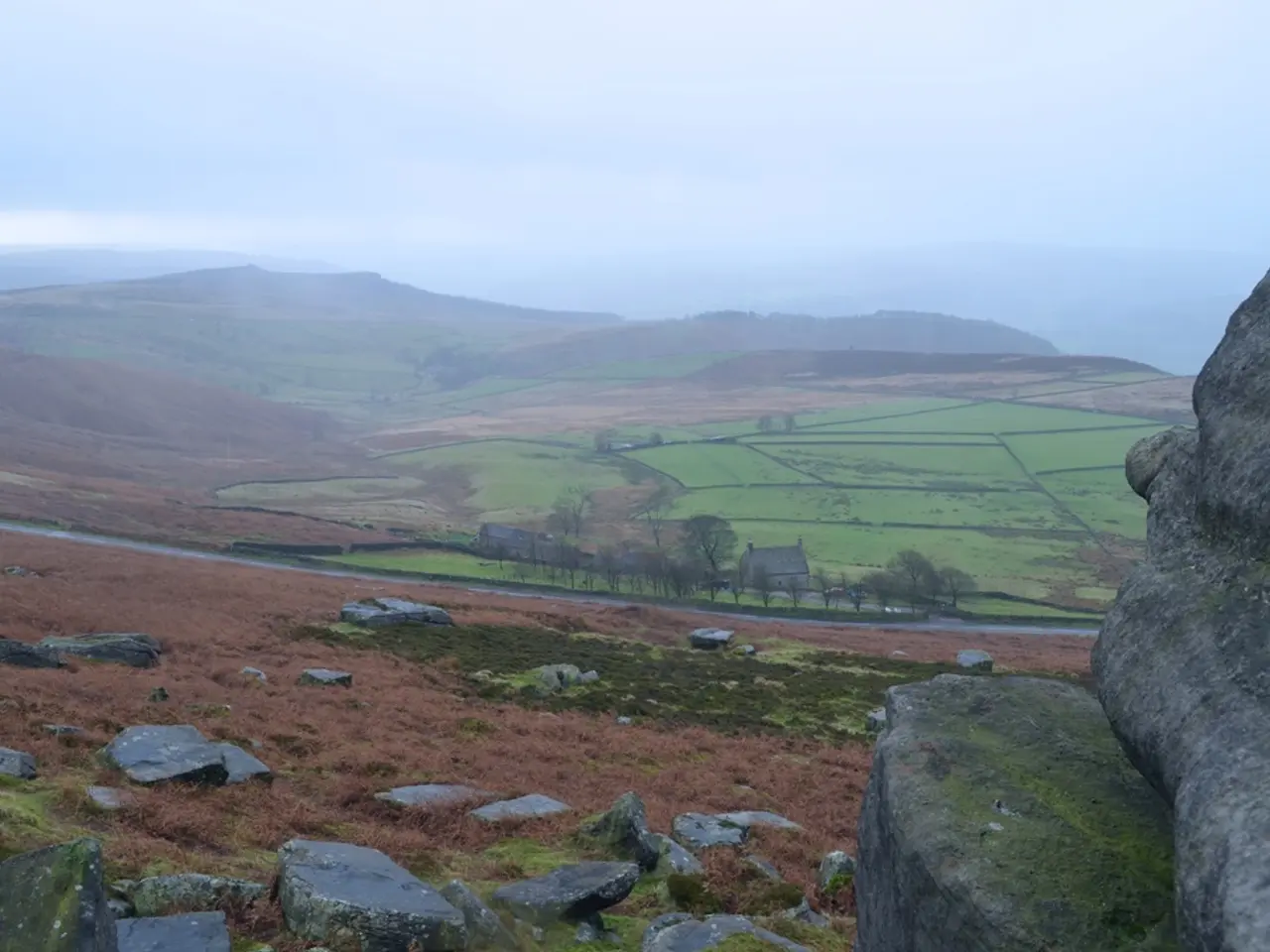Italia's mountain rescue service is grappling with vacationers' chaos: "We've surpassed all boundaries"
Italian Mountain Rescue Services Struggle with Tourism Surge
The Italian Alpine Mountain Rescue service is grappling with a growing number of tourists, particularly in South Tyrol, leading to increased challenges and safety concerns. According to Maurizio Dellantonio, the president of the Alpine Mountain Rescue in Italy, this summer has seen a record number of deaths and missing persons in the mountains.
The influx of tourists has led to overcrowded trails, which increases the risk of accidents and emergencies requiring rescue. Many hikers underestimate the difficulty of routes or the necessary preparation, raising the likelihood of needing assistance. Infrastructure on trails, such as shelters and signage, may also be insufficient for the surge in visitor numbers.
Environmental conditions can be harsh, especially outside optimal seasons, complicating rescues. The extreme heat wave is suspected to have drawn people to the cooler mountains, further exacerbating the situation.
Hikers are advised to exercise careful preparation and awareness about the trails. Precautions include planning hikes during optimal seasons (e.g., May to August for the Dolomites) to avoid bad weather and short daylight hours that hamper progress and increase risk. Hikers should also ensure proper physical preparation and hiking experience, especially for challenging or remote trails.
Being aware of the spacing of accommodations and shelters to plan rest and overnight stays effectively is also crucial. Carrying adequate supplies, maps, and possibly GPS or locator devices is also recommended. Consulting local advisories or guide associations for current trail conditions and safety tips is also advisable.
The E-bike trend is another challenge for mountain rescuers, as many riders are not aware of their limits. Similarly, many hikers do not inform themselves sufficiently before their outings. Half of the people rescued refuse to pay for the costs, despite the rescuers having saved their lives.
The cost of a rescue operation in Trentino is 750 euros, and in Veneto, it can reach up to 1000 euros. In a "rescue" situation, health insurances often pay for the costs, but only if it was a medical emergency and the traveler has travel health insurance. In Germany, a mountain rescue mission can cost between 60 and 90 euros per helicopter flight minute.
South Tyrol is addressing this issue with the deployment of rangers to inform mountain vacationers. Similar experiences have been reported by Bavarian mountain rescuers. In Indonesia, authorities call for better guide training and hiker preparedness to tackle similar issues in other mountainous regions with high tourist traffic.
Maurizio Dellantonio advises bringing water, food, sunglasses, a change of clothes, and a charged phone for mountain hikes. He emphasises the importance of being prepared and aware to ensure a safe and enjoyable experience for all hikers.
- To avoid overcrowding trails and ensure a safe adventure-travel experience in the Italian Alps, hikers are recommended to prepare thoroughly, including planning hikes during optimal seasons, ensuring proper physical capabilities, consulting local advisories, and carrying adequate supplies.
- The increasing popularity of destinations like South Tyrol for lifestyle travel, including adventure travel, has created challenges for rescue services. These challenges include insufficient trail infrastructure, unaware hikers, and a growing number of rescues resulting in financial strain, highlighting the need for responsible travel practices.





